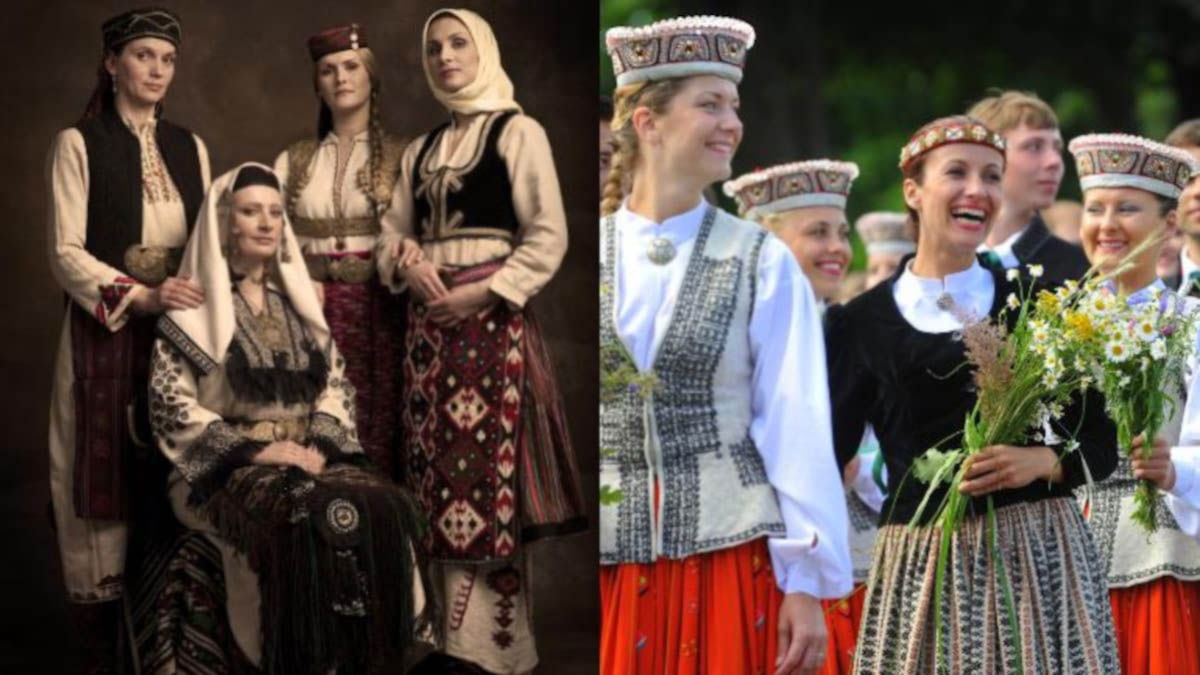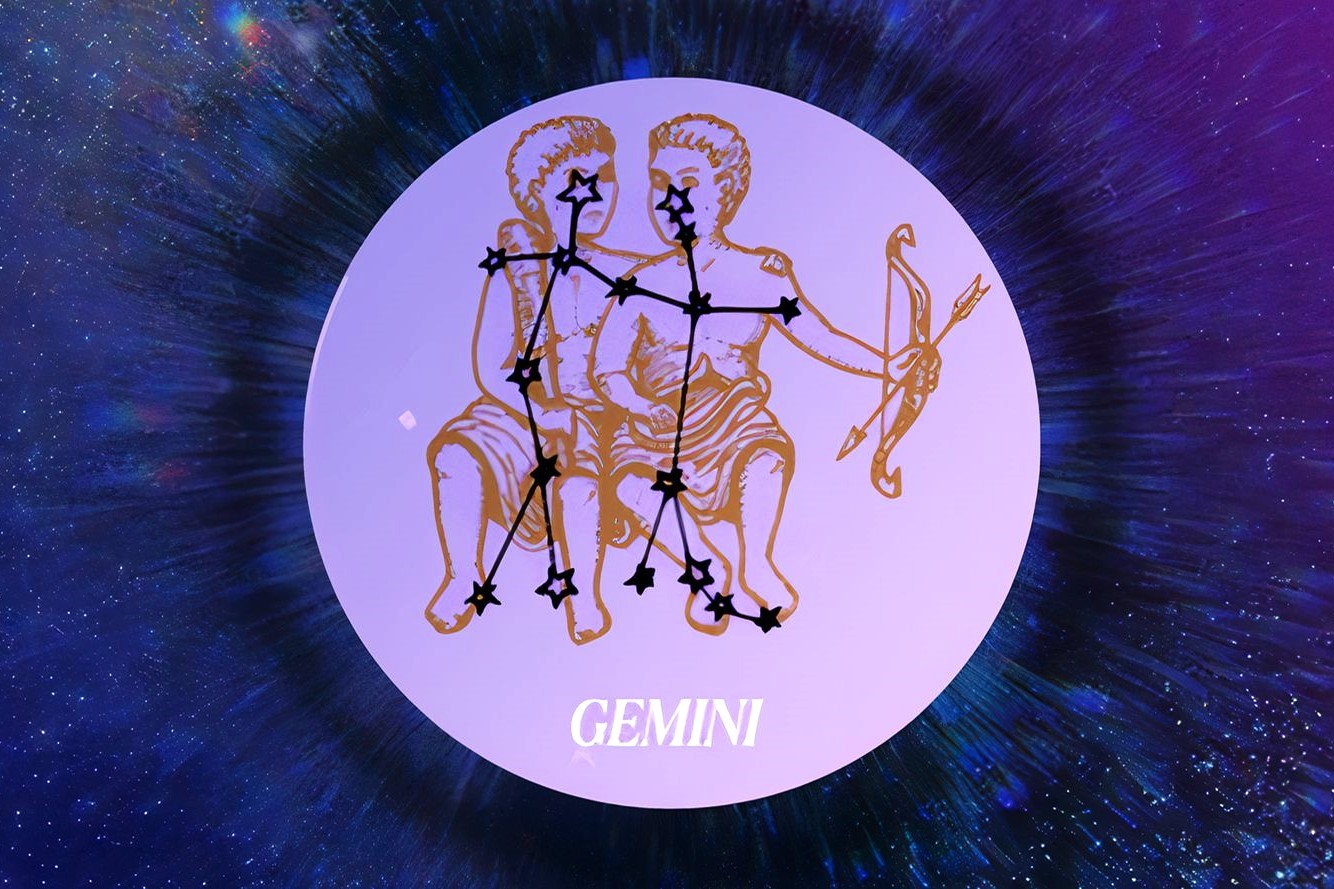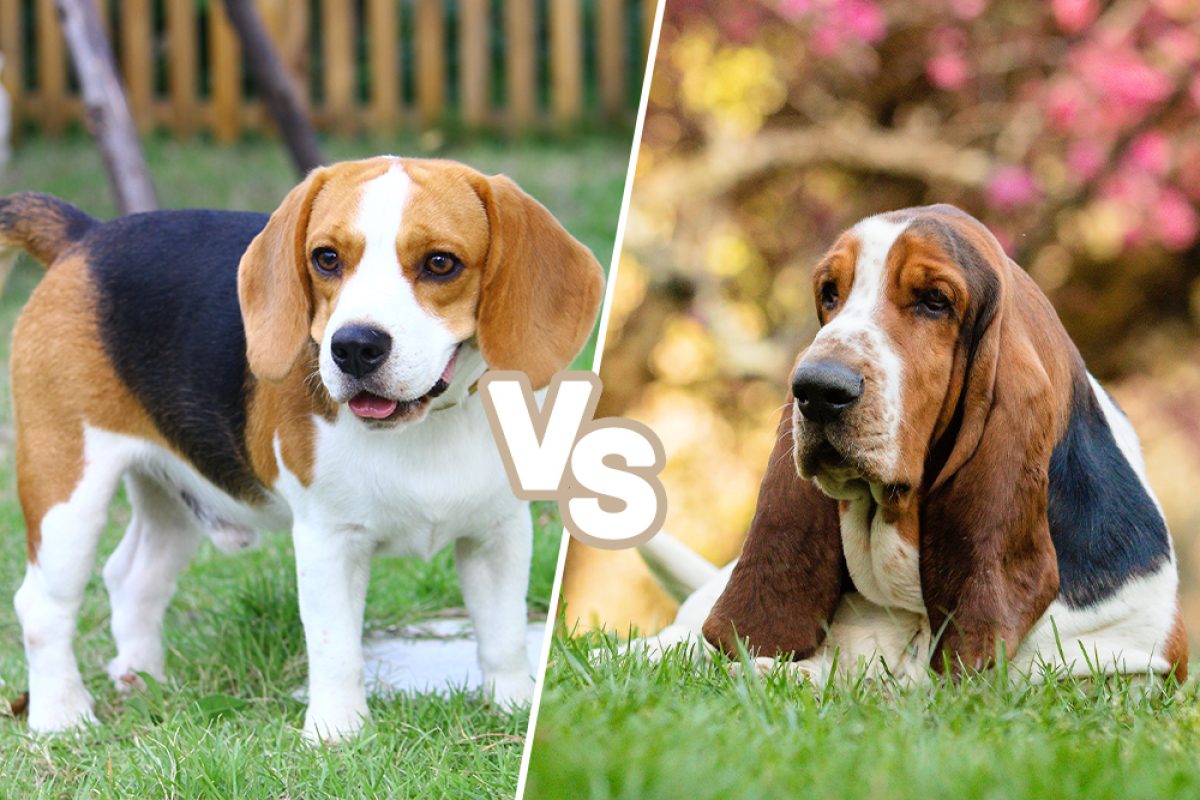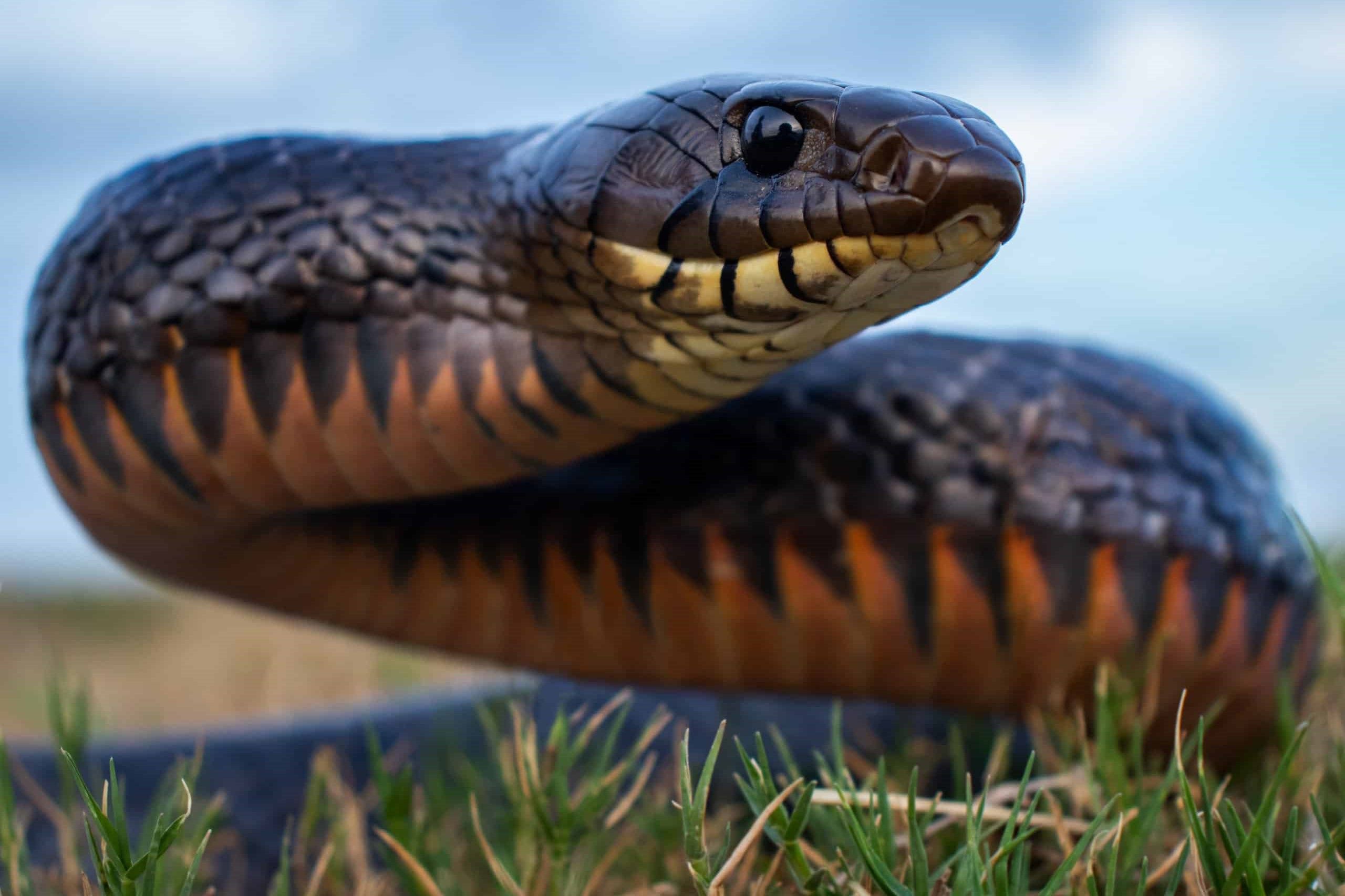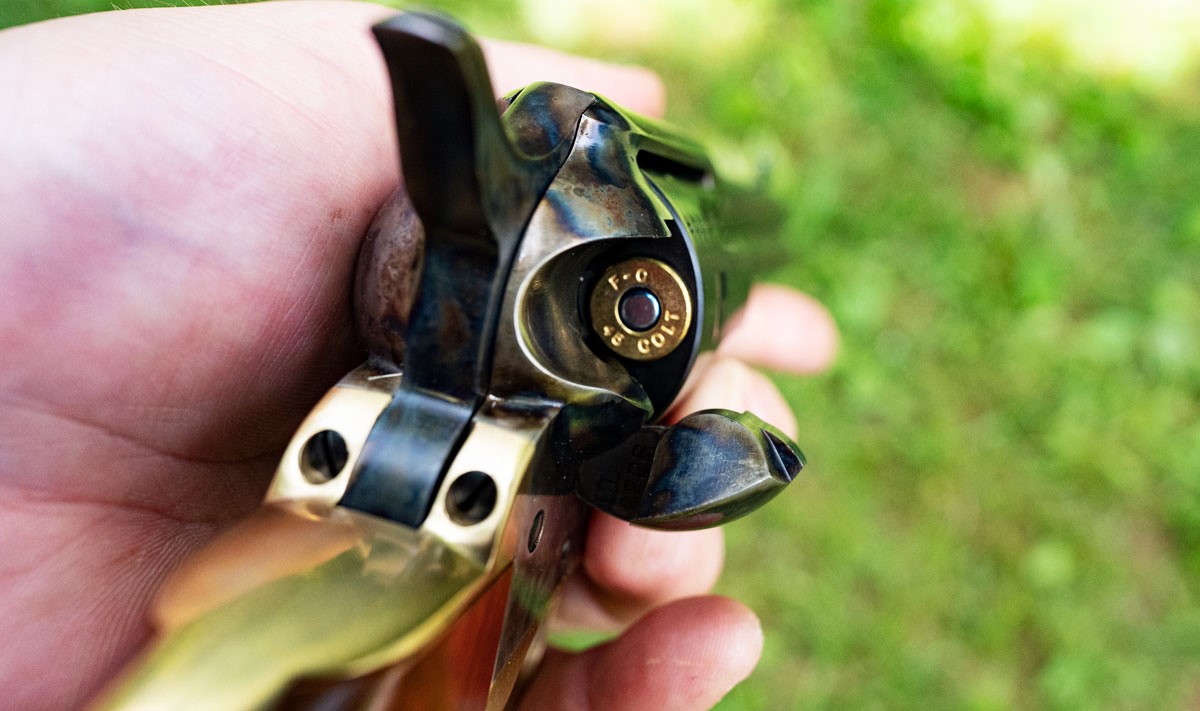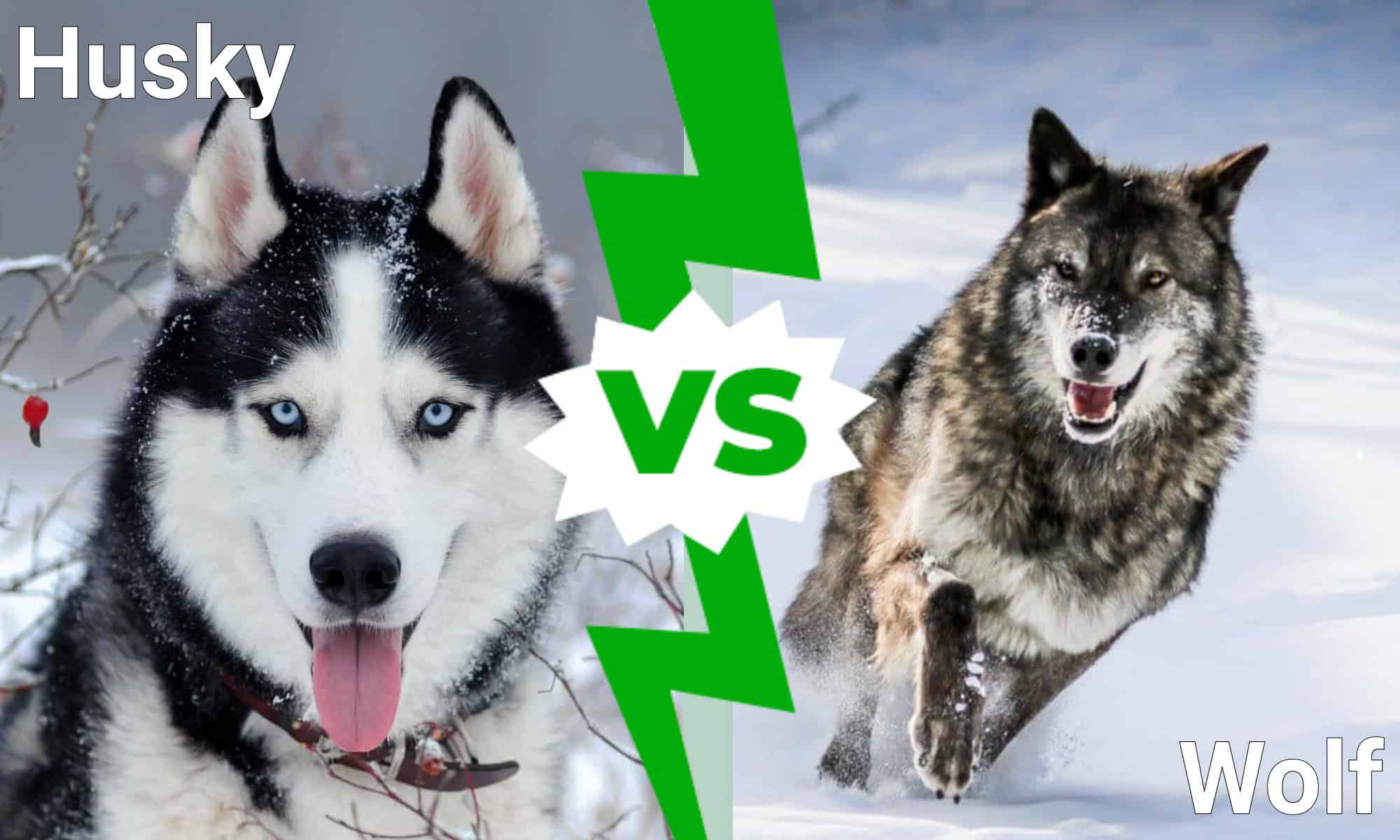Home>Pets & Animals>Unveiling The Surprising Contrasts Between Akita Inu And Shiba Inu!
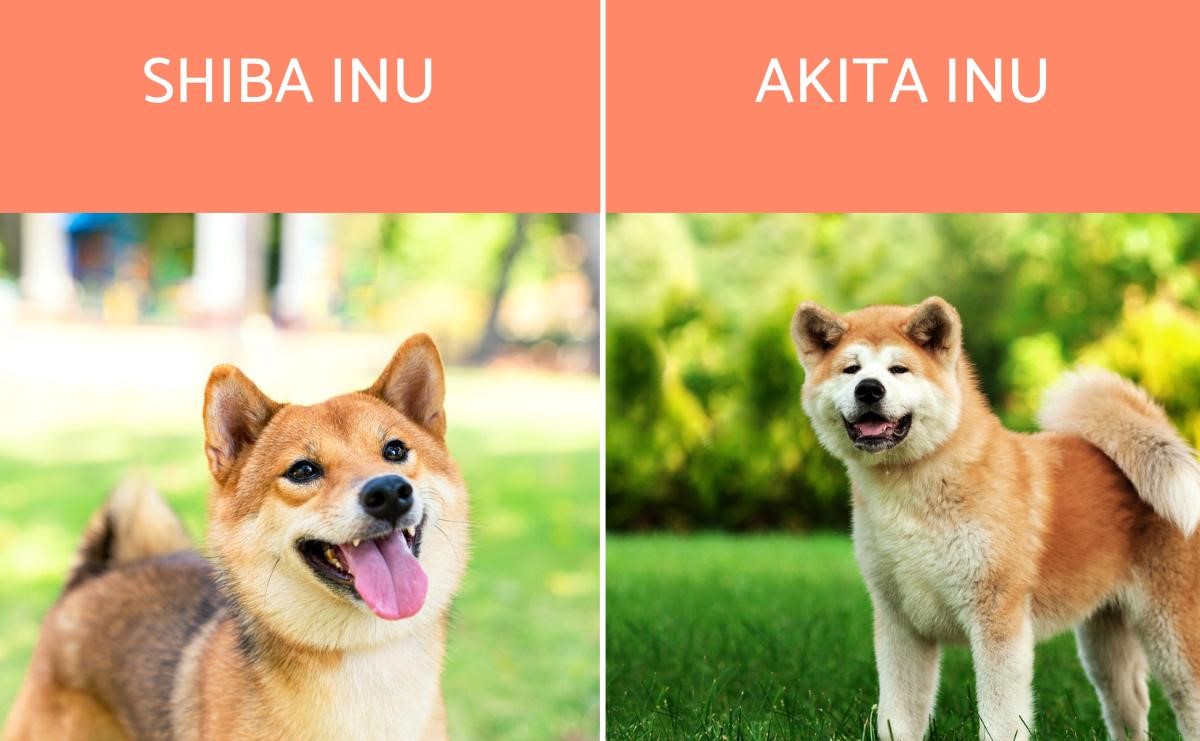

Pets & Animals
Unveiling The Surprising Contrasts Between Akita Inu And Shiba Inu!
Published: January 27, 2024
Discover the key differences between Akita Inu and Shiba Inu, two beloved pets & animals, and find out which breed best suits your lifestyle and preferences. Explore their unique traits and characteristics now!
(Many of the links in this article redirect to a specific reviewed product. Your purchase of these products through affiliate links helps to generate commission for Noodls.com, at no extra cost. Learn more)
Table of Contents
Introduction
The Akita Inu and Shiba Inu are two of Japan's most beloved and iconic dog breeds, each possessing a unique set of traits and characteristics that distinguish them from one another. Both breeds have captured the hearts of dog enthusiasts worldwide, but delving into their individual features unveils surprising contrasts that make them stand out in their own right.
As we embark on a journey to explore the distinctive qualities of these two remarkable breeds, it becomes evident that their differences extend beyond mere physical appearance. From their historical significance to their temperament and care requirements, the Akita Inu and Shiba Inu offer a captivating study in contrasts that sheds light on the rich tapestry of canine diversity.
Join us as we delve into the captivating world of the Akita Inu and Shiba Inu, unraveling the intricacies of their origins, physical attributes, temperaments, and care needs. Through this exploration, we aim to gain a deeper understanding of these fascinating breeds and the unique roles they play in the lives of dog lovers around the globe.
History and Origin
The Akita Inu and Shiba Inu trace their roots back to ancient Japan, where they emerged as revered symbols of the country's rich cultural heritage. The Akita Inu, named after the Akita Prefecture in northern Japan, has a storied history that dates back over 3,000 years. Originally bred for hunting and guarding, this majestic breed was revered for its strength, courage, and unwavering loyalty. Akitas were esteemed as symbols of good health, happiness, and longevity, often bestowed upon esteemed figures as a gesture of goodwill and protection.
In contrast, the Shiba Inu, hailing from the mountainous regions of Japan, boasts a history that predates even the Akita Inu. Believed to have existed as far back as 300 B.C., the Shiba Inu was revered for its agility, keen hunting prowess, and spirited demeanor. This breed played a vital role in hunting small game in the rugged terrain of Japan, showcasing its remarkable endurance and tenacity.
Both breeds weathered significant challenges throughout history, including periods of near-extinction and the ravages of war. However, dedicated efforts by passionate enthusiasts and breed preservationists ensured the survival and resurgence of these iconic Japanese breeds. Today, they stand as testaments to the enduring legacy of Japan's canine heritage, captivating the hearts of dog lovers worldwide with their distinctive charm and character.
The Akita Inu and Shiba Inu's journey from their humble origins to global prominence reflects the enduring appeal of ancient canine traditions and the timeless bond between humans and their loyal companions. Their evolution from revered working dogs to cherished family pets underscores the profound impact of their historical legacy on contemporary canine culture. Through their rich history and unwavering resilience, the Akita Inu and Shiba Inu continue to inspire admiration and reverence as living embodiments of Japan's enduring canine heritage.
Physical Characteristics
The physical characteristics of the Akita Inu and Shiba Inu offer a captivating glimpse into the unique traits that define these iconic Japanese breeds.
Akita Inu:
The Akita Inu is a large and powerful breed, renowned for its imposing stature and dignified presence. Males typically stand between 26 to 28 inches at the shoulder, while females exhibit a slightly smaller but equally impressive build. Their robust, well-muscled bodies exude strength and resilience, reflecting their historical role as formidable hunters and guardians. The breed's distinctive triangular ears, broad skull, and deep, expressive eyes contribute to its regal appearance, exuding an aura of noble dignity and unwavering loyalty. The Akita's double coat, consisting of a dense undercoat and a straight, coarse outer layer, provides insulation and protection, with color variations ranging from rich reds to striking brindles and pinto patterns.
Shiba Inu:
In contrast, the Shiba Inu embodies a more compact and agile physique, exuding a sense of lively energy and spirited elegance. This breed typically stands between 13.5 to 16.5 inches at the shoulder, showcasing a well-balanced frame that reflects its agility and nimbleness. The Shiba's fox-like appearance, characterized by its small, triangular ears, keen, almond-shaped eyes, and a curled tail, exudes a captivating charm that mirrors its spirited and independent nature. The breed's dense, plush coat, featuring a soft undercoat and a straight, outer layer, comes in a range of colors, including vibrant reds, sesame, black and tan, and cream, adding to its visual allure and individuality.
Contrasts:
While both breeds exhibit distinct physical traits, the Akita Inu's imposing size and majestic presence stand in contrast to the Shiba Inu's compact, agile build and spirited demeanor. These differences in size and appearance reflect the unique historical roles and environments in which each breed thrived, shaping their physical attributes to align with their respective hunting, guarding, and companionship duties.
In essence, the physical characteristics of the Akita Inu and Shiba Inu serve as captivating testaments to the diverse traits and qualities that define these iconic Japanese breeds, each contributing to their enduring appeal and profound impact on canine enthusiasts worldwide.
Temperament and Personality
The temperament and personality of the Akita Inu and Shiba Inu offer captivating insights into the contrasting yet equally compelling nature of these iconic Japanese breeds.
Akita Inu:
Renowned for their unwavering loyalty and dignified demeanor, Akita Inus embody a profound sense of devotion and guardianship. Their stoic and noble disposition reflects their historical role as revered protectors and esteemed companions. While displaying a calm and composed presence, Akitas exude a deep sense of loyalty and affection towards their family members, often forming strong bonds characterized by their watchful yet gentle nature. However, their inherent sense of independence and discernment adds layers of complexity to their personality, requiring thoughtful handling and respectful boundaries to foster harmonious relationships.
Shiba Inu:
In contrast, Shiba Inus captivate with their spirited and inquisitive nature, reflecting a keen sense of curiosity and playful exuberance. Their independent and assertive personality is often accompanied by a mischievous streak, endearing them to those who appreciate their spirited charm. Shiba Inus are known for their vocal and expressive nature, often communicating through a wide range of vocalizations and captivating antics. While displaying a strong sense of loyalty and affection towards their families, they also possess a streak of aloofness, reflecting their self-reliant and confident demeanor.
Contrasts:
The contrasting temperaments of the Akita Inu and Shiba Inu exemplify the diverse spectrum of canine personalities, each rooted in the historical roles and environments that shaped their distinctive traits. While the Akita Inu embodies a steadfast and protective nature, the Shiba Inu exudes a spirited and independent character, reflecting the nuanced interplay between their historical heritage and contemporary roles as cherished companions.
In essence, the temperament and personality of the Akita Inu and Shiba Inu stand as captivating reflections of the rich diversity within the world of canine companionship, offering a profound testament to the enduring allure and individuality of these iconic Japanese breeds.
Training and Exercise Needs
The training and exercise needs of the Akita Inu and Shiba Inu reflect the unique blend of physical prowess, mental acuity, and independent spirit that define these iconic Japanese breeds. Understanding and addressing their distinct requirements is essential for fostering a harmonious and fulfilling relationship with these remarkable companions.
Akita Inu:
Akitas, known for their intelligence and strong-willed nature, benefit from early socialization and consistent, positive reinforcement training. Their innate sense of independence and discernment necessitates firm yet gentle guidance, emphasizing respect and clear communication. Engaging in structured training activities that stimulate their keen intellect and provide opportunities for bonding with their owners is crucial for fostering a well-adjusted and obedient Akita. Additionally, Akitas thrive on physical exercise, requiring regular, vigorous activities such as long walks, interactive play sessions, and mentally stimulating tasks to channel their energy and maintain their overall well-being.
Shiba Inu:
Shiba Inus, characterized by their spirited and inquisitive nature, thrive on interactive training that stimulates their agile minds and taps into their natural problem-solving abilities. Positive reinforcement techniques, coupled with patience and consistency, are instrumental in shaping their behavior and fostering a strong bond with their owners. Due to their independent streak, Shiba Inus benefit from varied and engaging exercise routines that cater to their lively disposition, such as agility training, interactive games, and exploratory walks in stimulating environments. Providing outlets for their inquisitiveness and energy is vital for preventing boredom and promoting a well-balanced, well-behaved Shiba Inu.
Contrasts:
The training and exercise needs of the Akita Inu and Shiba Inu underscore the nuanced balance between firm guidance and respectful understanding, tailored to each breed's unique traits. While Akitas benefit from structured training that emphasizes their loyalty and intelligence, Shiba Inus thrive on interactive activities that cater to their spirited nature and independent spirit. Understanding and accommodating these differences are essential for nurturing a fulfilling and harmonious relationship with these captivating Japanese breeds.
In essence, the training and exercise needs of the Akita Inu and Shiba Inu offer a compelling testament to the diverse approaches required to cultivate a strong, respectful bond and ensure the well-being of these remarkable canine companions.
Grooming and Maintenance
Grooming and maintenance are essential aspects of caring for the Akita Inu and Shiba Inu, ensuring their well-being and enhancing their natural beauty. Both breeds possess distinctive coats and grooming requirements that reflect their unique physical characteristics and individual needs.
Akita Inu:
The Akita Inu's double coat, consisting of a dense undercoat and a straight, coarse outer layer, demands regular grooming to maintain its health and luster. Despite being a relatively low-maintenance breed in terms of grooming frequency, Akitas undergo seasonal shedding, during which they require more frequent brushing to manage loose fur and prevent matting. Regular brushing not only helps to minimize shedding but also promotes healthy skin and coat condition. Additionally, routine nail trimming, ear cleaning, and dental care are essential components of Akita Inu grooming, contributing to their overall well-being and hygiene.
Shiba Inu:
Similarly, the Shiba Inu's plush double coat requires regular grooming to keep it in optimal condition. Weekly brushing helps to remove loose fur and minimize shedding, particularly during seasonal coat blowouts. This grooming routine not only maintains the Shiba Inu's coat health but also provides an opportunity for bonding and physical inspection. In addition to brushing, Shiba Inus benefit from regular nail trimming, ear cleaning, and dental care to ensure their overall grooming needs are met.
Contrasts:
While both breeds share the need for regular grooming, the frequency and intensity of maintenance differ due to their distinct coat types and shedding patterns. The Akita Inu's larger size and seasonal shedding necessitate more robust grooming efforts during certain periods, whereas the Shiba Inu's smaller build and year-round shedding call for consistent, routine care. Understanding these differences is crucial for tailoring grooming practices to each breed's specific needs and ensuring their overall well-being.
In essence, grooming and maintenance play a vital role in preserving the health, beauty, and comfort of the Akita Inu and Shiba Inu, fostering a strong bond between owners and their beloved canine companions. By embracing the unique grooming requirements of each breed, dog enthusiasts can provide attentive care that celebrates the individuality and charm of these iconic Japanese breeds.
Health Concerns
The Akita Inu and Shiba Inu, like all dog breeds, are susceptible to certain health concerns that require attention and proactive care from their owners. Understanding these potential issues is crucial for safeguarding the well-being of these beloved canine companions.
Akita Inu:
One of the primary health concerns associated with the Akita Inu is hip dysplasia, a condition characterized by abnormal development of the hip joint. This genetic predisposition can lead to discomfort, lameness, and reduced mobility in affected Akitas. Responsible breeding practices and regular veterinary check-ups are essential for monitoring and addressing this condition.
Another notable health consideration for Akitas is autoimmune disorders, including autoimmune thyroiditis and immune-mediated polyarthritis. These conditions can impact the dog's immune system, leading to a range of symptoms that necessitate prompt veterinary intervention and ongoing management.
Additionally, Akitas are prone to progressive retinal atrophy (PRA), an inherited degenerative eye disease that can result in vision impairment or loss. Routine eye examinations and genetic testing are valuable tools for identifying and addressing PRA in Akita Inus, ensuring their visual health is preserved.
Shiba Inu:
Similarly, Shiba Inus are susceptible to certain health issues that warrant vigilance and proactive care. Patellar luxation, a condition in which the kneecap dislocates from its normal position, is a common concern in Shiba Inus. Regular monitoring and prompt veterinary attention are essential for managing this orthopedic condition and maintaining the dog's mobility and comfort.
Another notable health consideration for Shiba Inus is allergies, which can manifest as skin irritation, itching, and discomfort. Identifying and addressing potential allergens, along with veterinary guidance, is crucial for managing allergies and promoting the dog's skin health.
Additionally, Shiba Inus may be predisposed to certain eye conditions, including cataracts and glaucoma. Regular eye examinations and attentive monitoring of ocular health are vital for detecting and addressing these issues early, preserving the dog's vision and overall well-being.
Contrasts:
While both breeds share certain health concerns, such as genetic predispositions and orthopedic issues, the specific conditions and their prevalence may vary. Understanding the distinct health considerations for Akita Inus and Shiba Inus enables owners to implement tailored care strategies that address the individual needs of each breed, promoting their long-term health and vitality.
In essence, proactive veterinary care, responsible breeding practices, and attentive monitoring are essential components of safeguarding the health and well-being of both Akita Inus and Shiba Inus. By remaining informed and proactive, owners can ensure that these iconic Japanese breeds lead healthy, fulfilling lives as cherished members of their families.
Conclusion
In conclusion, the Akita Inu and Shiba Inu stand as captivating exemplars of Japan's rich canine heritage, each embodying a unique blend of historical significance, physical prowess, and distinctive personality traits. The journey through their origins, physical characteristics, temperament, training and exercise needs, grooming and maintenance, and health concerns has unveiled a tapestry of contrasts and complements, underscoring the diverse allure and individuality of these iconic Japanese breeds.
From the Akita Inu's imposing stature and unwavering loyalty to the Shiba Inu's spirited charm and independent nature, each breed offers a captivating study in contrasts that reflects the profound impact of their historical roles and environmental adaptations. The Akita Inu's regal presence and dignified demeanor stand in striking juxtaposition to the Shiba Inu's agile elegance and playful exuberance, showcasing the diverse spectrum of canine traits and qualities.
Furthermore, the distinct grooming needs and health considerations of the Akita Inu and Shiba Inu underscore the importance of tailored care and proactive vigilance in safeguarding their well-being. Understanding and addressing their individual requirements, from coat maintenance to genetic predispositions, are essential for fostering enduring bonds and ensuring that these remarkable breeds thrive as cherished companions.
Ultimately, the Akita Inu and Shiba Inu represent not only beloved canine companions but also living testaments to the enduring legacy of Japan's ancient traditions and cultural heritage. Their captivating presence and profound impact on dog enthusiasts worldwide serve as a testament to the enduring allure and individuality of these iconic Japanese breeds. By embracing the unique traits and qualities of the Akita Inu and Shiba Inu, dog lovers can forge lasting connections with these remarkable companions, celebrating their rich history and unwavering loyalty.
In the tapestry of the canine world, the Akita Inu and Shiba Inu shine as vibrant threads, weaving a narrative of resilience, loyalty, and enduring charm. Their captivating contrasts and complementary qualities serve as a testament to the rich diversity and timeless appeal of Japan's beloved canine companions, enriching the lives of those fortunate enough to share their journey.
